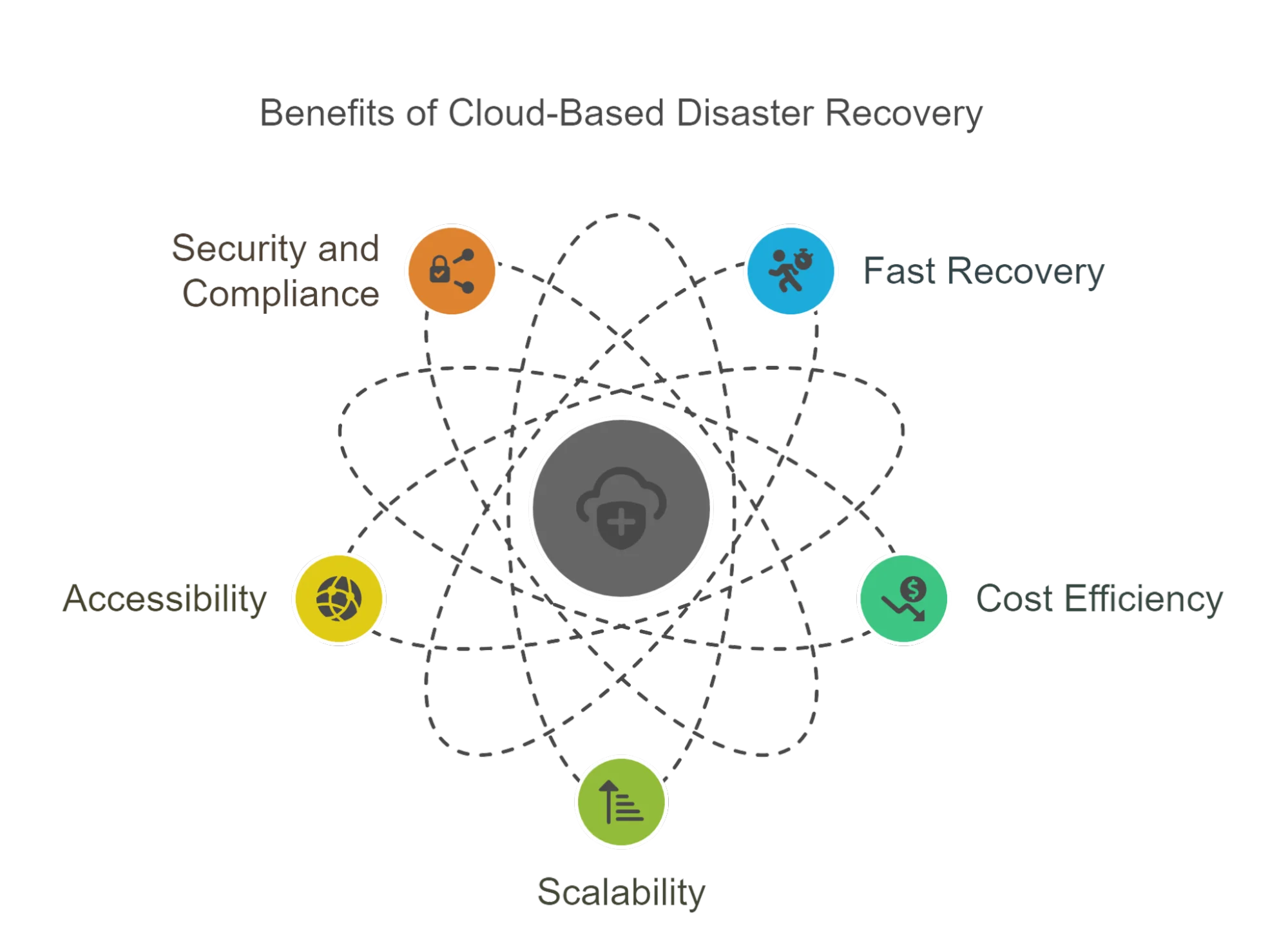Most businesses are either moving to the cloud or already using it. In fact, 93 percent say their organizations are adopting or considering the cloud. But while the cloud brings convenience and scalability, many companies still lack a plan to recover if something goes wrong.
| As Willis Cantey, CEO of Cantey Tech Consulting, says, “Adopting the cloud without a disaster recovery strategy is like driving without a seatbelt—eventually, you’ll hit a bump, and the impact could be severe.” |
This blog breaks down what cloud disaster recovery is, why it’s important, and how you can create a plan that protects your business and keeps your data safe—without complicated tech talk.
What Is Cloud Disaster Recovery?
Cloud disaster recovery (Cloud DR) is a way to back up and restore your data and systems using cloud technology. Instead of relying on physical servers in one location, your backups are stored in secure data centers across different regions. This allows you to recover quickly if a cyberattack, power outage, hardware failure, or natural disaster happens.
When something goes wrong, Cloud DR gives you the ability to bring your systems back online without losing access to critical information. Yet despite its importance, only 14% of IT leaders feel confident they can recover critical SaaS data within minutes following an incident (Source: Odaseva). Compared to traditional recovery methods that use local servers, cloud based DR is faster, more flexible, and easier to scale—especially as more workloads shift to cloud environments.
Why You Should Care About Cloud-Based Disaster Recovery
Many companies only recognize the need for recovery after something goes wrong. But with cloud adoption accelerating—and the global market projected to grow at a CAGR of 20.4% from 2025 to 2030—your dependency on cloud infrastructure is only going to increase. Instead of waiting for a disruption to expose vulnerabilities, here’s why investing in cloud based disaster recovery is worth your attention.
1. Fast Recovery When Every Second Counts
Downtime is expensive. Whether it’s a ransomware attack or a server crash, being offline can cost your business money, reputation, and productivity. Cloud disaster recovery allows you to restore systems and data much faster than traditional methods. In some cases, you can get operations running again in minutes instead of hours or days.
This fast turnaround is possible because your backup data isn’t stored on the same system that failed—it’s in the cloud, ready to go when you need it.
2. Lower Costs Without Sacrificing Protection
Setting up and maintaining physical backup systems is expensive. You need to invest in servers, cooling systems, power supplies, and security—and then you still need to manage everything.
With cloud computing disaster recovery, you only pay for the storage and compute resources you actually use. There’s no need to build a second data center. And because everything is managed by your provider, you can save time and money while still getting strong protection.




